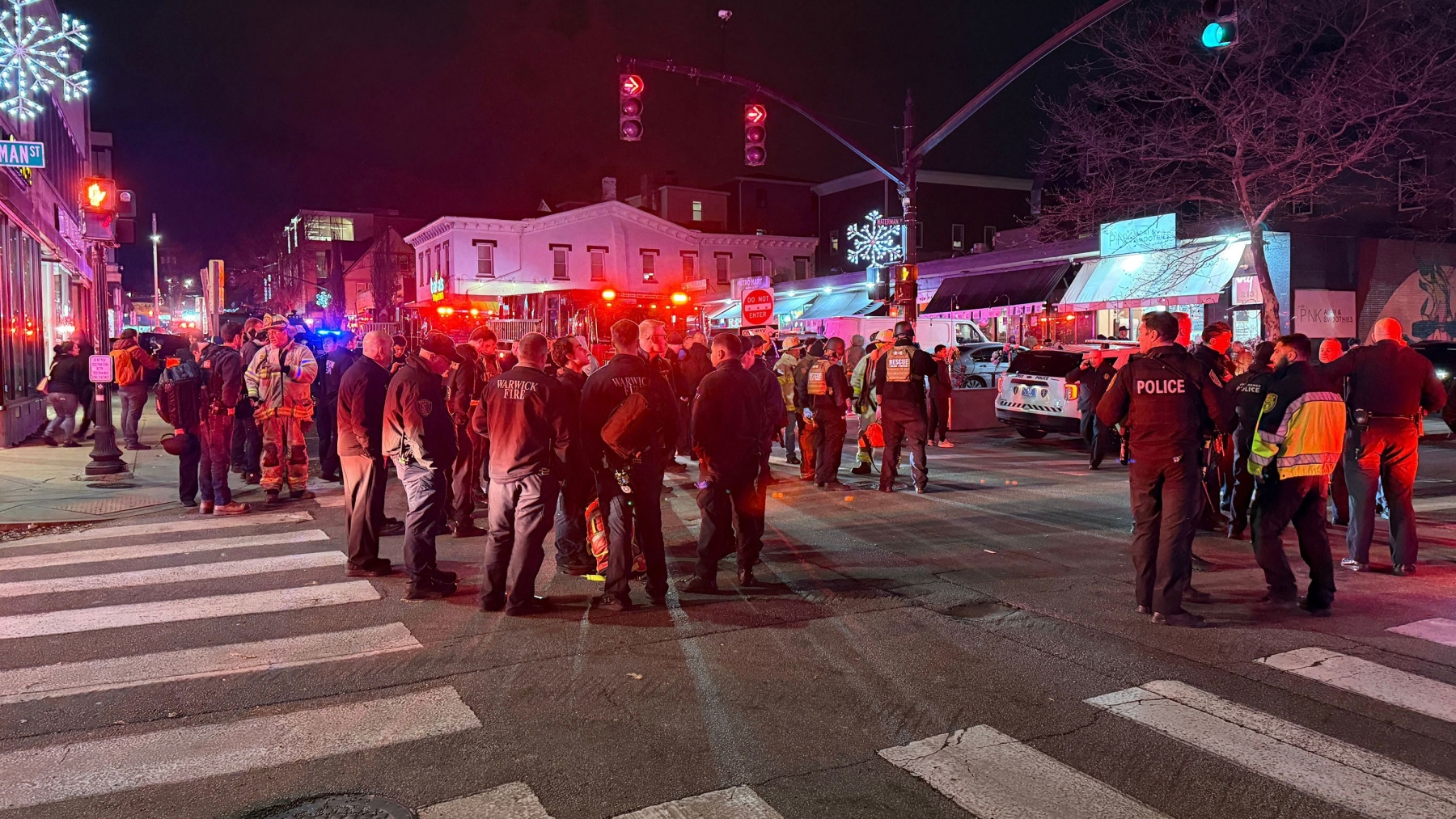
This article is more than
8 year oldViolence in Myanmar shows the world needs to stop romanticising Buddhism
PEOPLE don’t generally associate Buddhists with violence, especially not the type of violence that sees houses set on fire and gunfire sprayed around villages.
But one expert says people around the world need to shed their romanticised view of Buddhism and Buddhists as a peaceful religion and confront the reality of one of the worst human rights abuses in the world.
For three weeks now villages have been burning in Myanmar as military take revenge for an insurgent attack on police and paramilitary posts on August 25.
It’s the second outbreak of violence since October last year and nearly 400,000 Rohingya have fled Rakhine state.
People have been arriving at the Bangladeshi border town of Teknaf, crossing the Naf River in small boats. At least 88 people have drowned after their boats capsized while making the crossing.
As the tragedy unfolded on the beaches near Shah Porir Dwip fishing village, across the water, smoke could be seen billowing from burning villages in Myanmar.
Villages fleeing the violence tell of mobs of soldiers and Buddhist monks setting houses on fire and spraying the areas with automatic gunfire.

“I think we should stop romanticising Buddhism and Buddhists as more peaceful than any other people,” Myanmar expert Dr Maung Zarni told ABC.
“There is a romanticised, rosy, orientalised of Buddhism among the English speaking population around the world and other non-English speakers as well ... but that’s just so false.”
Dr Zarni said Buddhism had been used as a political ideology dating back thousands of years and was as susceptible to political manipulation in the same way as Christianity, Islam, Hinduism and Judaism.
As thousands flee the retribution, the defacto leader of the country, Aung San Suu Kyi, has been virtually silent.
Once acclaimed as an important symbol of the struggle against oppression, some are now calling for Suu Kyi to be stripped of her Nobel Peace Prize, awarded for her non-violent struggle for democracy and human rights.
This is what’s going on.
WHAT STARTED THE VIOLENCE?
It began on August 25 when Rohingya insurgents attacked Myanmar police and paramilitary posts. The insurgents say they are protecting their ethnic minority from persecution by security forces in the Buddhist-dominated country.
In response, the military unleashed what it called “clearance operations” to root out the insurgents.
Many Rohingya villagers who have fled into Bangladesh say Myanmar soldiers shot indiscriminately, burned their homes and warned them to leave or die. Others have said they were attacked by Buddhist mobs.

WHY DO THEY HATE ROHINGYA?
Rohingya Muslims have faced decades of persecution in Buddhist-majority Myanmar, and are denied citizenship despite centuries-old roots in the Rakhine region.
Many people in Myanmar don’t call them Rohingya, instead using the term “Bengalis” and say they are people who migrated illegally from Bangladesh.
Dr Zarni said the military consider Rohingya “borderlands people”, who have cultural and historical ties with both Burma (now known as Myanmar) and East Bengal (a Muslim majority area formerly known as East Pakistan and now Bangladesh).
He said the military initially had concerns about the growth of a Muslim population next to Bangladesh, one of the biggest Muslim-majority countries in the world.
But this morphed into a national security concern when Burma’s General Ne Win changed the military’s official policies from multicultural, multiethnic to anti-Chinese and anti-Muslim.

KILLING CONTINUES
Those who arrived Wednesday in wooden boats on beaches near Shah Porir Dwip fishing village described ongoing violence in Myanmar. One Rohingya man said his village of Rashidong had been attacked six days earlier by Myanmar soldiers and police.
“When military and police surrounded our village and attacked us with rocket launchers to set fire, we got away from our village and fled away to any direction we could manage,” Abdul Goffar said.
Myanmar presidential office spokesman Zaw Htay said that out of 471 “Bengali” villages in three Rakhine townships, 176 were now completely empty while at least 34 more were partially abandoned.
Myanmar has accused the Rohingya of burning their own homes and villages — a claim the UN human rights chief criticised as a “complete denial of reality.”
UN spokesman Stephane Dujarric told reporters on Thursday that 10,000 people reportedly crossed the border in the last 24 hours.
Combined with the Rohingyas who fled during the last round of violence in Rakhine state last October, Dujarric said “it’s estimated that some 40 per cent of the total Rohingya population have now fled into Bangladesh”.
An estimated 60 per cent of the Rohingyas arriving in Bangladesh are children, Dujarric said.
Bangladesh was already housing some 500,000 Rohingya who fled earlier flashes of violence including anti-Muslim riots in 2012. Rakhine state had up to 1 million Rohingya before the latest violence.
The thousands of Rohingya flooding into Bangladesh every day have arrived hungry and traumatised. Many need urgent medical care for violence-related injuries, severe infections or childbirth.
Two existing refugee camps were packed beyond capacity, and Bangladesh has said it would free land to build a third.
Panic erupted Thursday along roadsides where local volunteers were distributing food, water and other supplies haphazardly from parked vehicles.
“There are acute shortages of everything, most critically shelter, food and clean water,” UNICEF country representative Edouard Beigbeder said.
The UN children’s agency said it needed $7.3 million to help just the hundreds of thousands of Rohingya children now at high risk of contracting waterborne diseases.
On Thursday afternoon, a scuffle broke out at a makeshift relief centre at Kutupalong, where some refugees tried to break into the centre and were beaten back by at least four security guards wielding sticks.
Those who managed to receive some aid after waiting hours in line were dismayed by the meagre hand-out.
“I have just got a tarpaulin sheet but no food,” said 55-year-old Osman, who gave only one name. “I need rice to eat, I need to feed my family. They said they can’t give us anything else. What will I eat now?”


PRESSURE TO ACT
Suu Kyi, a Nobel Peace Prize laureate who lived for years under house arrest when Myanmar was ruled by a military junta, has faced a torrent of criticism since the crisis erupted.
Facing growing condemnation globally, Suu Kyi decided not to attend UN General Assembly meetings between September 19-25 to instead deal with what the government said were domestic security issues.
On Thursday Security Council members called for “immediate steps to end the violence,” de- escalate the situation and ensure civilian protections.
The statement was the first made by the UN’s most powerful body in nine years addressing the precarious situation Rohingya face, Britain’s UN Ambassador Matthew Rycroft said, calling it “an important first step.”
But Dr Zarni said countries like Australia should stop providing aid to Myanmar and work together with other nations to exert serious economic and diplomatic pressure.
“The western world as well as others, stood together when (a) 5 per cent white minority ran an apartheid regime in South Africa,” he said.
“We are not simply talking about apartheid where people were at least allowed to live as second class citizens, we are talking about fully fledged genocide.”
Dr Zarni said the Rohingya was being subjected to “nothing less than a slow genocide of nearly 40 years” and the world was failing to stop these types of crises.
“The UN is completely paralysed when it comes to issues of the world’s most downtrodden, oppressed people, not just Rohingya,” he said.
“We’re failing in Rwanda, we failed in Cambodia, we failed in Srebenica, now we’re failing in this.”

Myanmar's State Counsellor Aung San Suu Kyi is under pressure over the treatment of Rohingya Muslims. Picture: Aung Shine Oo/APSource:AP
Dar Yasin of the Associated Press reported from Shah Porir Dwip, Bangladesh. David Keyton in Stockholm, Sweden, and Edith M. Lederer at the United Nations contributed.




